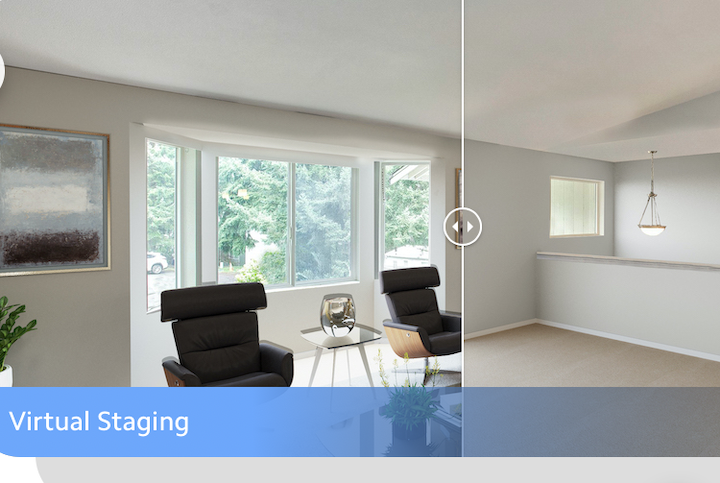Many are wondering if architectural photography is the same as real estate photography. Technically, these two are different types of photography, which in some ways are almost similar.
Here is a further explanation.
Real estate photography is a sub-branch of architectural photography. From here, it is safe to say that both deal with photographing properties or establishments.
It also follows a streamlined workflow with a fixed-price package. However, in some cases, the prices differ depending on the type of property.
On the other hand, architecture photography projects are always customizable but still follow a streamlined process and structure.
Now, let us talk about the goal.
There is a difference between the two.
Architectural photography is very intricate, with each photo crafted to tell a story based on the client’s need.
The goal varies by subject and the client. For example, it is common in architectural photography to emphasize the property’s important aspect and then de-emphasize everything else.
You might be wondering how to do it. Well, selective composition actually does the work, which means having the best lighting and editing available.
With real estate photography, the goal is well defined – that is, to sell the property.
At times, the best way to do it is to let the buyers feel that this is the dream property you should own – something that gives you the best life.
While words are powerful, the use of compelling visuals plays an essential part in real estate photography. This is one reason why you must get the service of a real estate photographer in your area.
Hence, photographically speaking, real estate agents make sure that the following is evident in all listing images:
- Show the space as if the viewer were touring.
- Present the property’s amenities in an ideal approach.
- Make sure the session is budget-friendly without sacrificing the quality.
What about the lens?
There is a slight difference between the kinds of lenses used in these two types of photography.
In real estate photography, the standard lens used has an ultra-wide-angle since it is used to show most of the spaces in a particular area featured in the image.
These lenses are usually between 14 mm and 24 mm to show the small room in one picture.
However, composition in real estate photography becomes challenging since an ultra-wide lens distorts perspective and depth.
On the other hand, lens selection in architectural photography is different since it needs longer focal lengths.
The standard measurement is between 24 to 50 mm, with the former being the “gold standard.”
As for the processing period, the methods used for real estate follows the workflow and efficiency over accuracy.
High-dynamic-range (HDR) programs and flash techniques are also the best approaches to improve real estate photography.
However, architecture photography needs to look more natural. This means no editing processes should be evident in the final images.
Therefore, an HDR-styled photo is not the best one to use for architectural photography. Instead, it must look more natural, which can be achieved if the photo shoot is done correctly, especially considering the day’s weather and time.
Conclusion
In a nutshell, there are evident similarities and differences between architectural and real estate photography.
Yet, it is never a problem as long as it serves the purpose.
Both styles are particular. You just need to make sure that possible buyers understand the similarities and differences, so they know what to expect in the end.
It is best to stick with what you really need. For example, if you are a realtor, stick with real estate photography.
Otherwise, if the images are for magazines and other purposes, it is best to go with architectural photography.
Other Articles You May Enjoy
A SHORT HIKE OUT OF MY COMFORT ZONE
SUMMER OF THE TRAVELING WINE GLASSES: HIKING CAPE DISAPPOINTMENT





A vignette is caused by the lens of a camera, it is an optical effect where the corners of the image appear darker or blurrier than the rest of the image. To remove vignette caused by the lens, you can use the above-mentioned image editing software such as Adobe Photoshop or GIMP to edit the image after it has been taken.
Alternatively, you can also try using a lens hood, which can help to reduce the amount of light that enters the lens from the sides and can help to prevent vignetting.
Additionally, you can also try to use different lens aperture or change the lens or camera to one that is less likely to produce vignetting effect.
I never knew that seeking a photographer for your real estate property can ensure that its best parts are highlighted before you sell them. My friend wants to sell his old home for a higher price so that he can afford a coupe. I’ll relay this idea to him so he can do it by then!
Yes, please do and we are glad we can help him.
It’s interesting to know that good flash techniques are essential for real estate interior photography. That will surely come in handy when I start house flipping someday. Hopefully, it would be simple enough to hire a professional photographer for that.